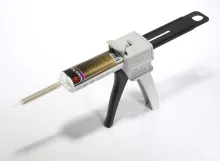Quick-setting and versatile two-component acrylic adhesive
- Rapid deep curing
- Versatile, even on difficult plastics
- Resistant to impact, humidity, weather conditions
- New low-odor range available
Quote
Close
You request has been sent.
We promise to respond to you in detail within 24 hours.
In the meantime, feel free to browse our other products.
Description of two-component acrylic adhesives
First, it's important to clarify that modified acrylic adhesives should not be confused with water-based acrylic adhesives used for bonding lightweight materials.
The acrylic adhesives presented here are also known as acrylate adhesives and are two-component systems. They work by mixing an acrylic resin base with a hardener, similar to epoxy adhesives.
These adhesives are easy to use and replace traditional fastening methods like screws, rivets, and welding, providing a permanent, high-quality bond.
They cure and harden quickly at room temperature, with curing accelerated by heat.
They are part of the structural adhesive family because their resistance to stress after curing is at least 7 MPa, which classifies them as structural bonding adhesives.
Application examples
Bonding of medical bed remote control casings
Assembly in automotive construction: bonding of PU parts to PP dashboards
Bonding of technical plastics such as Santoprene (thermoplastic elastomers)
Assembly on powder-coated or painted surfaces using new acrylic adhesives
HVAC systems (heating, ventilation, air conditioning)
Signage sector for bonding frames, plates, and letters
...
What are the two types of two-component acrylic adhesives?
Three distributors provide our references:
- 3M under the Scotch Weld brand
- SIKA under the Sikafast brand
- LOCTITE: Loctite has developed a new range of hybrid two-component adhesives consisting of a part cyanoacrylate and a part acrylic, combining the characteristics of both types of adhesives while eliminating their main disadvantages.
Two types of acrylic adhesives:
Traditional acrylic adhesives:
- These are used for quick-handling applications and are known for their excellent adhesion to a wide variety of substrates, including metal, wood, glass, ceramics, and low-surface-energy plastics like polypropylene (PP) and polyethylene (PE).
- Advantages:
- Minimal surface preparation required; they can even bond slightly oily surfaces.
- Short setting time (2-8 minutes, depending on the reference).
- Handling time at 23°C: 1 to 3 hours.
- Heat resistance up to 70-80°C.
- Excellent performance in peeling and shearing, and suitable for most materials.
- Effective on sensitive plastics (PMMA, PC, PE, PP), metals, alloys, wood, and glass.
- Their viscosity allows them to fill gaps and distribute stress evenly.
New generation acrylic adhesives:
SIKAFAST 5215 and 3M DP8805, DP8810, and DP8405 were introduced to address the two main issues with traditional acrylic adhesives: strong odors and the need for cold storage (6-12 months).
However, these new products are not suitable for low-energy-surface plastics (PE, PP).
However, these new products are not suitable for low-energy-surface plastics (PE, PP).
Key features and benefits:
| TECHNICAL INFORMATION AND ADVANTAGES | |
|---|---|
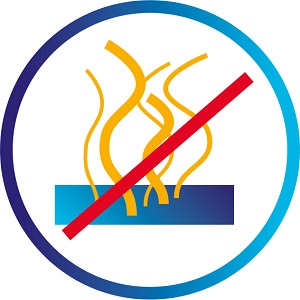 | Very low odor Creates a more pleasant work environment and greatly improves user safety and protection in terms of hygiene and health. Applicable to the following references: SIKAFAST 5215, 3M DP8805, 3M DP8810, 3M DP8405. |
 | Extended storage duration No need for cold storage. 18-month shelf life at room temperature for 3M products and 15 months for SIKAFAST 5215. Significantly reduces waste and disposal costs for expired products. |
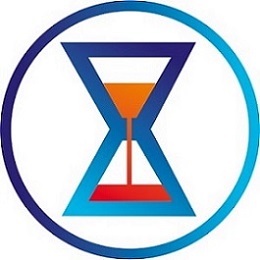 | Shorter handling time Fast curing time (3 to 12 minutes). Time to achieve structural bonding: 15 minutes (SIKAFAST 5215), 8-10 minutes (DP 8805), 18-23 minutes (DP 8405 and DP 8810). Saves time and increases productivity. |
 | High impact resistance, along with excellent peel and shear strength Impact and shock resistance far superior to traditional acrylic adhesives (SIKAFAST 5215, DP 8405). |
 | Faster performance increase Performance ramps up twice as fast for the same curing time. |
 | Suitable for bonding a wide range of materials Bonds well to metals, wood, glass, painted materials, certain plastics, ceramics. DP 8405 is suited for powder coating processes. |
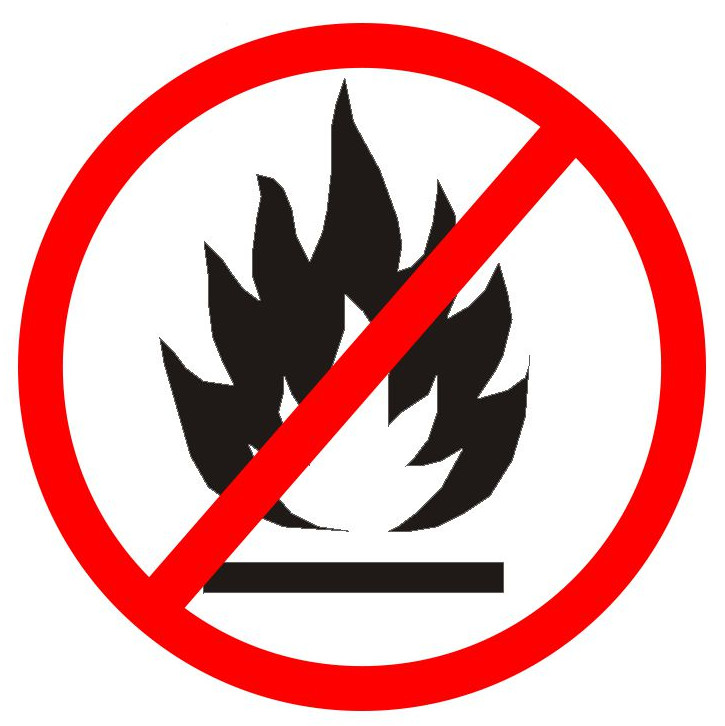 | Flammable with UL certification Complies with UL standards for flammability risks. |
Loctite hybrid adhesive specifications:
Loctite has developed a highly innovative technology aimed at combining the many advantages of an acrylic adhesive with those of a cyanoacrylate adhesive.
These hybrid adhesives are particularly interesting because they significantly improve adhesion, bonding speed, and durability of the assembly.
The LOCTITE HY 4070 reference is composed of 10 parts cyanoacrylate and 1 part acrylic. It offers ultra-fast curing, excellent temperature resistance, and bonds to a wide variety of substrates. It is only available in a small 11-gram package, ideal for small repairs.
The LOCTITE HY 4080 reference is composed of equal parts cyanoacrylate and acrylic. One of its advantages is its resistance to shocks and vibrations, along with excellent adhesion to numerous substrates (including dissimilar ones) and it cures in 10 minutes at room temperature.
Both of these products have low odor and are more environmentally and health-friendly.
On the packaging, you will see only one chemical pictogram for "harmful, irritating" substances, and the pictograms for "environmentally hazardous," "hazardous to humans," and "corrosive" are no longer present.
This makes it a very interesting alternative in terms of safety, hygiene, health, and environment, with enhanced performance.
Compatible materials
To best summarize the materials that are most suitable for the acrylic adhesive references, here is a summary table that will guide you in choosing the right product:
| Metal, alloys, wood, glass, PVC... | High surface energy plastics: ABS, polycarbonate, PMMA... | Low surface energy plastics: PE, PP, EPDM, thermoplastic polyolefins | Teflon / PTFE | |
|---|---|---|---|---|
| SIKAFAST 5215 |  |  |  |  |
| LOCTITE 4070 |  |  |  |  |
| LOCTITE 4080 |  |  |  |  |
| 3M DP8005 |  |  |  |  |
| 3M DP8010 |  |  |  |  |
| 3M DP8405 |  |  |  |  |
| 3M DP8805 |  |  |  |  |
| 3M DP8810 |  |  |  |  |
Working time, Handling time, Viscosity
It is essential to understand these two concepts when choosing the right adhesive reference:
Working time or open time: the product's lifespan in the mixing nozzle, meaning how long you can extrude the adhesive before it hardens in the nozzle and blocks proper flow.
Handling time: the required time before you can manipulate the assembly to ensure optimal performance. Be cautious with certain references that have very short working times, as the adhesive may set in the nozzle within a few minutes.
Viscosity varies: traditional adhesives have controlled flow, while new ones are generally more thixotropic.
How to apply them using an EPX glue gun
Materials to be bonded must be clean and dry, free of grease and dust. If necessary, use a primer or a cleaning agent and follow the recommended steps to guarantee optimal surface preparation.
These adhesives are applied using EPX (exact proportioning mixer) equipment, designed for ease of use, even in hard-to-reach areas.
Only Loctite HY 4070, available in a small 11g package, is applied with a piston and mixing nozzles provided in the box.
Two types of EPX glue guns are available:
Manual: lightweight and reliable, requires no special maintenance, and is suitable for small-scale use.
For 3M, there is a small model for 45 ml cartridges with a 10:1 piston, and a larger model for 490 ml cartridges.
For Loctite HY 4080, using an EPX gun with a 1:1 piston and a mixing nozzle is straightforward.
For Sikafast 5215, a specific Sika (CTR50) glue gun is required for 50 ml cartridges with a 10:1 piston.
Pneumatic: compressed air ensures uninterrupted adhesive application.
Mixing nozzles are used to guarantee simultaneous mixing of both components.
Tips for choosing acrylic adhesives
For low surface energy plastics or transparent materials, use a reference that can be translucent and applied in a thin layer.
For bonding metal parts before powder coating, choose the DP 8405 NS reference.
Prioritize new acrylic adhesives for their very low odor.
Be cautious of open times or setting times, which may be rapid for some references like DP 8005, DP 8405 NS, and DP 8810 NS.
Don’t hesitate to consult our technical support for any specific requests or applications.
Examples of acrylic adhesives
Low odor. Rapid polymerization. Adheres to a wide range of substrates.
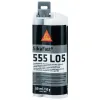
Strong impact resistance. Low odor, health and environmentally friendly. Excellent adhesion on various substrates.

Ultra-fast setting. Low chemical risk for users and the environment. Ideal for maintenance and small repairs.

Very low odor. Longer open time, between 8 and 12 minutes. Applied using the EPX system.

Very low odor. Shelf life of 18 months at room temperature. Structural bonding achieved in 8-10 minutes.

Versatile, low odor, and fast-curing. 18-month shelf life. Compatible with powder coating.

Bonds EPDM plastics, PE, PP, and powder-coated epoxy. Similar to DP 8005 but with a longer working time. Requires little surface preparation.

Ideal for PE, PP plastics, powder-coated epoxy, and polyolefins. Applied with the manual EPX applicator gun. Very short setting time.





